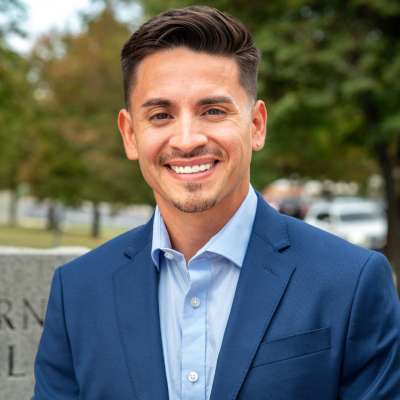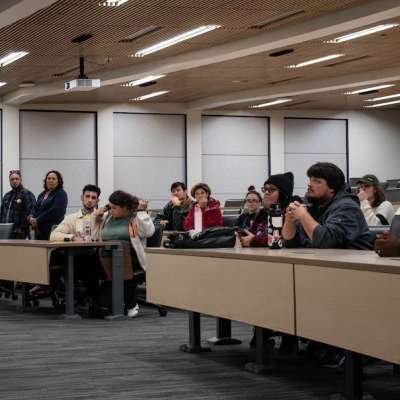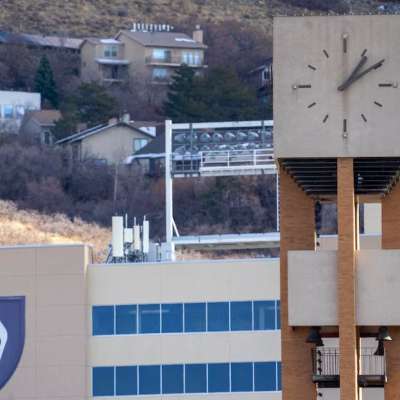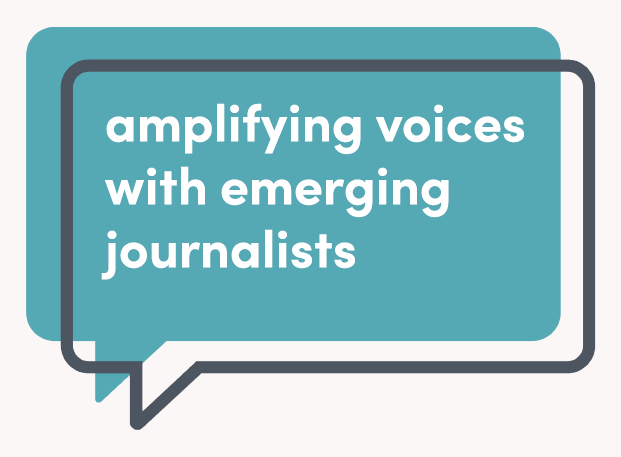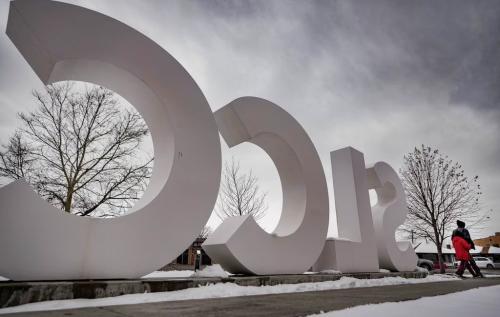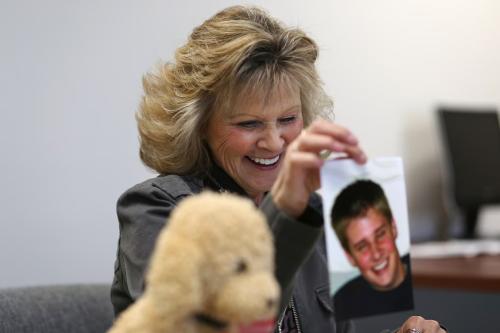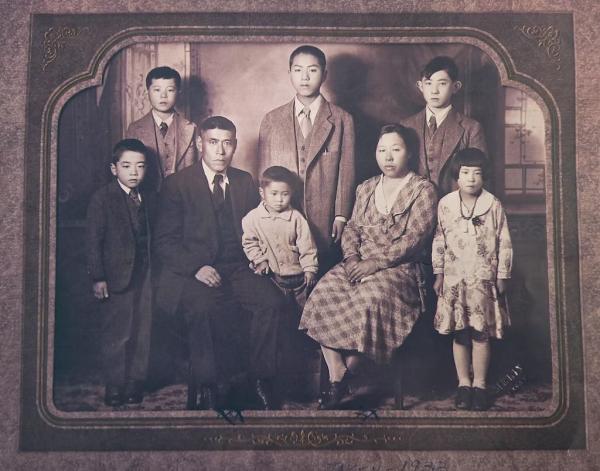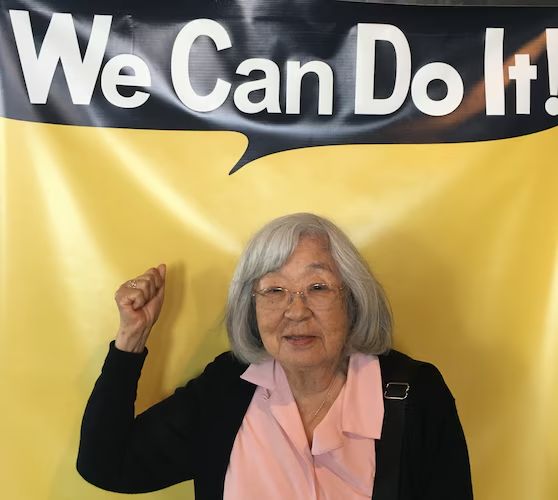When someone is killed by another person — something that happens, on average, to 83 Utahns in a year, according to state government data — they leave behind devastated families who need legal aid to protect their loved ones’ assets and pursue justice.
Brandon Merrill, founder and director of Utah Homicide Survivors, is familiar with this grief.
“Their grief is continuous. It never gets better,” Merrill said. “You just learn to live with it. And the support that they need is so much more than people realize.”
Merrill’s group works to provide legal services to families who have lost someone to homicide. The group has worked with more than 200 families, to support and guide them through the civil court system — to look beyond the criminal justice system, which considers only the crime, to help families with the perpetrator’s financial and other legal obligations.
In homicide cases, grieving family members are left with the work of going to civil courts on such issues as insurance, victims compensation and — in cases where the homicide is committed within the family — delegation of shared assets and child custody agreements.
Since its creation in April 2019, Utah Homicide Survivors has recovered more than $5.75 million in assets for these families, according to the organization.
The first step in any case, Merrill said, is finding and freezing the victim’s assets. This is particularly true, he said, in homicides that stem from domestic violence — the majority of the cases the group handles, Merrill said — where the killer stands to profit by taking sole ownership of homes, cars, bank accounts and other property that he or she shared with the victim.
“We just try to make sure that nobody is profiting from it, really,” he said, “and that the victim’s family are getting as much as possible, if not everything.”
According to the Utah Department of Health and Human Services, domestic violence accounted for 22.7% of all Utah homicides in 2020. Domestic violence affects a third of Utah’s women and nearly a quarter of its men.
McKenzie Wood, a criminal justice assistant professor at Weber State University, said the dangers come from more than just those in abusive marriages or partnerships.
Domestic violence also can occur between partners who don’t live together or who have a purely sexual relationship. Often, Wood said, a bystander, law enforcement, a new partner or a child may try to intervene and get caught in the middle.
The risk of violence is increased by 1,000% when the abuser has access to a firearm, according to the National Coalition Against Domestic Violence. In Utah each year, according to the coalition’s data, about 80 children will witness the killing or attempted killing of their mother.
Cases where children are involved are among the hardest to handle, Merrill said.
“We have kids now who have lost both parents — the person who died, and the person who killed the person that died,” Merrill said. “So their whole world is pretty much shattered.”
Utah Homicide Survivors also helps families through the adoption process, to let children return to safe and familiar homes where they can continue to process their grief.
‘The crutch I leaned on’
Lisa Williams, who was shot and killed by her boyfriend’s ex-wife in 2018 in Midvale, was “very caring and just giving,” said her sister, Bekah Williams.
“She was beautiful, so kind, funny,” Bekah Williams said. “Just every good thing a person could be.”
Bekah Williams got connected with Utah Homicide Survivors, who supported her through the civil case to ensure the killer — who was found guilty of aggravated murder and is serving a 25-to-life sentence at the Utah State Correctional Facility — could not profit off of Lisa’s story.
“UHS really was the crutch I leaned on,” she said. “I have just the warmest regards and appreciation for them.”
Williams said she was thankful for how Merrill and his team set her expectations about the trial and what was to come after each step in the process. This straightforward information helped her mentally prepare herself and her family for the trial, she said.
She said people with other resources were quick to make promises but ultimately disappointed her. It seemed like people were afraid of hurting her feelings, she said, so they overpromised instead.
“We’ve already gone through the worst thing imaginable,” Bekah Williams said. “The best thing that you could do right now is just be honest and manage expectations.”
Utah Homicide Survivors handled everything with “a lot of grace and a lot of kindness and so much compassion,” Williams said. “Brandon and his organization are just … purpose-driven and truly doing so much good.”
The nonprofit, in addition to providing legal services for free, hosts the state’s only free therapy group for relatives of homicide victims, said Maria Blanchard, the group’s therapy director.
“It is grief unlike any other,” said Blanchard, who also worked as Utah County’s first victim advocate in 2003.
Blanchard said families in homicide cases have to deal with a lack of resources, a lack of training in how to use the available resources and, above all, a lack of compassion.
“It’s just like, ‘Oh, there’s another death,’” Blanchard said. “There’s no respect for human life. But when it’s yours [or] your loved one, it just hits so much differently.”
A need for compassion
Darcie Housley said she felt that lack of compassion first-hand — after her son, Brian, 28, was killed in a drive-by shooting in Ogden in 2017.
Housley said she had little to no communication from Ogden police about the investigation into Brian’s death, which remains unsolved. It was incredibly frustrating, she said, to have so many emails go unanswered.
Housley said she was frustrated that her son’s case had passed the statute of limitations to file a civil case. However, she was able to find solace and community within the therapy group hosted by Utah Homicide Survivors.
“I had been looking for a support group all along,” said Housley. “I needed to hear how other people are dealing with it.”
Jamie Pitt, in the Weber County Attorney’s Office, said she frequently sees that frustration from victims’ families.
“It’s just really frustrating [that] most of the time that there’s nothing we can do,” said Pitt, who is the victim coordinator supervisor and homicide task force administrator in the Weber County Attorney’s Office. Fighting for victims’ rights, she said, often feels like “an uphill battle.”
Utah law has codified the rights of victims, Pitt said — but defendants’ rights are written into the U.S. Constitution, which typically takes precedence. Pitt said she tells families that “you do have rights, but the Constitution kind of trumps everything else.”
In 2023, the Utah Legislature passed and Gov. Spencer Cox signed HB244, to create the Utah Victim Services Commission within the Utah Commission on Criminal and Juvenile Justice — and budgeted $500,000 to help get the commission going and another $550,000 to staff it. In this year’s session, the Legislature allocated $562,000 for the commission’s budget for fiscal year 2025.
The director of the commission, Marlesse Jones, has dedicated much of her life to the advocacy of victims, and to training state agencies on how to best navigate trauma. Jones said that as the commission reaches full staffing, she is excited to connect with the community and work towards streamlining the process for victims of trauma to get help faster.
“It’s phenomenal that Utah is finally supporting the needs of victims,” Jones said. “It[’s] hopefully something that will continue to grow and catch on in other states as well.”
The commission will be composed of representatives from various state departments such as the Office for Victims of Crime, the Children’s Justice Center, the Division of Multicultural Affairs, and the Department of Public Safety, in addition to community stakeholders such as a victims representative.
“I think the greatest strength is going to come from the collaborative nature of the voices at the table,” Jones said. “Our goal as a commission is to affect change, to elevate response to victims, to build bridges and break down silos.”
Jones added that $500,000 of their 2024 budget is for a statewide study on victims services to determine their current strengths and weaknesses. She said that this research will give the commission a better perspective on where to start improving services already in place.
Merrill said he believes that the commission will be an asset to improving victims services across the state. The ongoing problem, though, is funding.
The federal Victims of Crime Act Fund, which provides support to programs that assist crime victims, has been diminishing in recent years. Utah Homicide Survivors has felt the decline in federal funds, Merrill said. When the group started in 2019, it was getting about $280,000 a year from the feds. More recently, that funding has dropped in half, to about $140,000 a year.
President Joe Biden in 2021 signed into law the VOCA Fix Act, reinstating billions of dollars in victim services. Merrill said getting that money to victims will take time — and in the meantime, his group is relying on private donations and other government grants to keep going.
With a bigger budget, Merrill said, Utah Homicide Providers could expand its small team, which now consists of three full-time employees and five part-time employees.
“We’re pretty new and young as an organization,” Merrill said. “There’s not really a group like us.”
Star Neil wrote this story as a student at Weber State University. It is published as part of an ongoing collaborative including nonprofits Amplify Utah and The Salt Lake Tribune.
###
NOTE TO MEDIA PARTNERS PUBLISHING WORK
We also request organizations include the following text either at the beginning or end of the story text: This story is jointly published by nonprofits Amplify Utah and [Your Media Organization's Name] to elevate diverse perspectives in local media through emerging journalism. Star Neil wrote this story as a journalism student at Weber State University. For more stories from Amplify Utah, visit amplifyutah.org/use-our-work.







